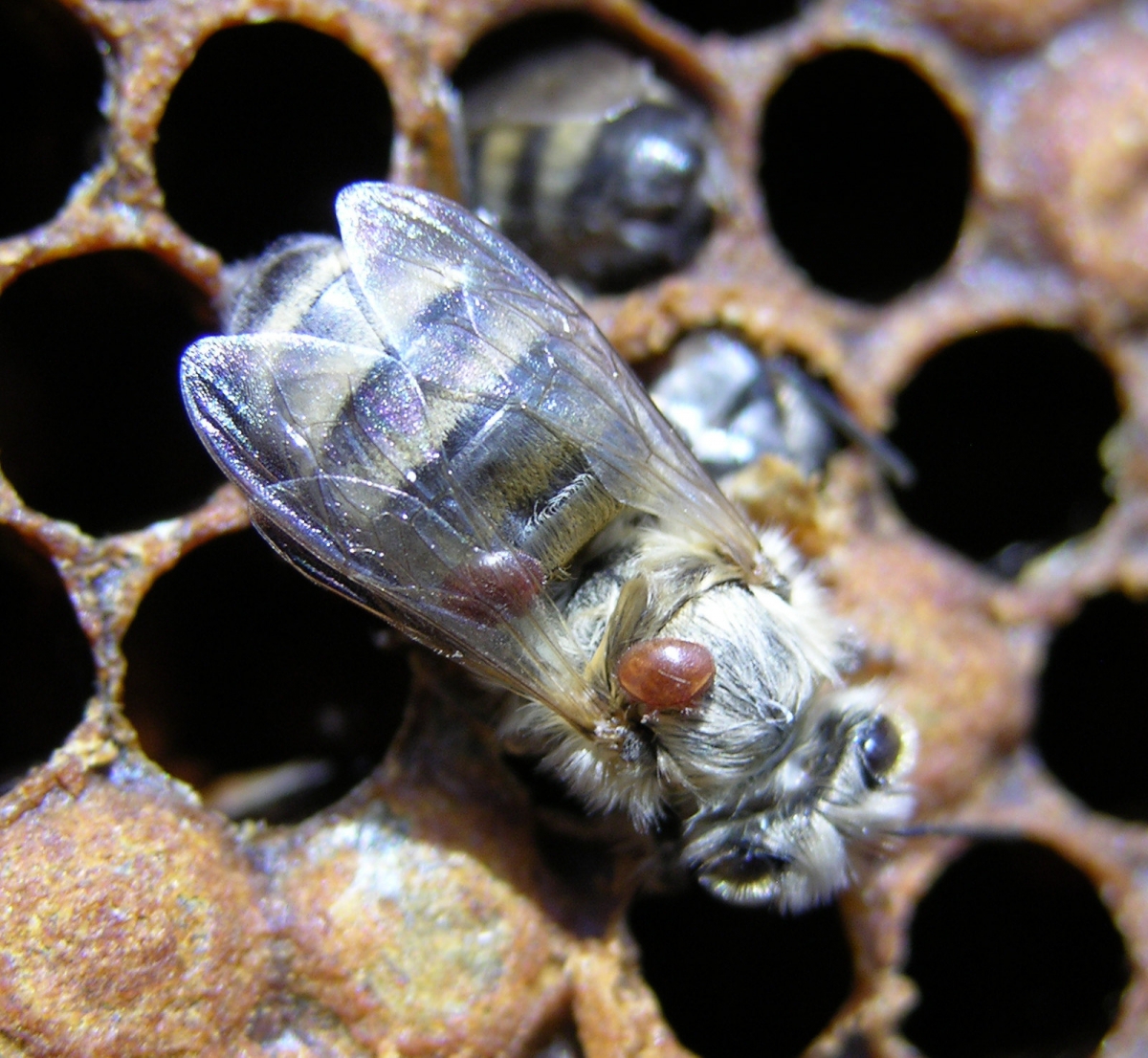Archives – March, 2016
From: Science 2.0
By Jon Entine
***
The panel said Lundgren, who remains on the USDA payroll until his allegations are resolved, was suspended, twice, for cause — a travel-related infraction and for conduct unbecoming a federal employee. A few days after the panel’s ruling, Lundgren withdrew his whistleblower case with the intention of expanding his allegations and refiling, according to his lawyer. A few days later Volk’s sympathetic feature story came out, prompting this sharp response from the USDA:
***
March 17, 2016
From: International Business Times
US Students Compete To Solve Declining Bee Populations, Homeless Problem As Samsung Wades Into STEM Funding
By Jeff Stone

Students and teachers from Lawrence County High School in Alabama show off the Bee The Change Project at Samsung’s Solve For Tomorrow science competition in New York, March 15, 2016.
Applying for U.S. patents and restoring depleted honeybee populations aren’t normally among the top concerns for middle school and high school students. But they are more important than daily homework and passing the driver’s test for the small teams of science and engineering students who competed Tuesday at Samsung’s Solve For Tomorrow science competition.
March 16, 2016
From: EP News Wire
A type of insecticide widely used to treat crops such as cotton and soy beans poses little risk to pollinators, including honey bees, an Arkansas-based researcher has concluded.
Gus Lorenz, associate head of entomology at the University of Arkansas, said his research shows there is little risk to pollinators from neonicotinoids, including one of its class, the commonly used imidacloprids.
Read Complete Article
March 15, 2016
From: Reuters via AgWeek
By Reuters Media
***
Analysts have said the shift away from rapeseed has been driven partly by problems with cabbage stem flea beetles linked to curbs on the use of a class of insecticides known as neonicotinoids. The EU restricted their use to protect bees.
“Unless spring plantings (of rapeseed) are higher than in the last two years, this sets England up for the lowest oilseed rape area since 2009,” AHDB said.
Read Complete Article
March 14, 2016
Editor’s Note: GAO’s complete report, Bee Health: USDA and EPA Should Take Additional Actions to Address Threats to Bee Populations [GAO-16-220] is available here. Below are brief excerpts.
From: US GAO
USDA and EPA have taken numerous actions to protect the health of honey bees and other species of bees, thereby supporting agriculture and the environment.
***
Monitoring honey bees and other bee species is critical to understanding their population status and threats to their health. The task force’s research action plan on bees and other pollinators identified monitoring of wild, native bees as a priority and directed agencies in USDA and the Department of the Interior to take leading and supporting roles.
March 11, 2016
From: RealAgriculture
Written by RealAgriculture News Team
About 200 farmers filled a Toronto courthouse Wednesday to show their support for Grain Farmers of Ontario’s case against the provincial government’s seed treatment regulations.
The panel of judges reserved their decision on GFO’s request for appeal on the dismissal of the case.
Read Complete Article
March 11, 2016
Editor’s Note: For more on this issue, see Complete Vindication for USDA.
From: The Washington Post | Letter to the Editor
The Agriculture Department is a leading promoter of science and research for agriculture, nutrition and natural resources. For this reason, the department co-chairs the president’s Pollinator Health Task Force and was instrumental in developing a national strategy to protect these important creatures. Over the past six years, the USDA’s Agricultural Research Service alone has invested more than $82 million in cutting-edge pollinator research and over the past decade has published nearly 200 journal articles about pollinators.
***
March 10, 2016
Editor’s Note: Neonic bans can’t help bees because neonics are the problem, varroa and viruses are. See here.
From: London Free Press
Corn and soybean farmers want judge to halt pesticide regulations aimed at protecting bees
By Debora Van Brenk
More than 100 corn and soybean farmers have gathered in Toronto as their lawyers again ask a judge to halt controversial pesticide regulations intended to protect Ontario’s bees.
Grain Farmers of Ontario is appealing another judge’s earlier dismissal of the group’s opposition to regulations against seed treatments called neonicotinoids.
Read Complete Article
March 9, 2016
Editor’s Note: The complete text of the PNAS study, “A mutualistic symbiosis between a parasitic mite and a pathogenic virus undermines honey bee immunity and health” by Gennaro Di Priscoa,1, Desiderato Annosciab,1, Marina Margiottaa, Rosalba Ferraraa, Paola Varricchioa, Virginia Zannib, Emilio Caprioa, Francesco Nazzib,2, and Francesco Pennacchio is found here.
From: The Scientist
Parasitic mites that transmit a honey bee-infecting virus may benefit from spreading the pathogen, a study shows.
March 8, 2016
From: International Business Times
By Matt Atherton
***

“The varroa mite is a particular concern for beekeeping,” Lena Wilfert told IBTimes UK, author of the University of Exeter report. “In combination with deformed wing virus, an entire colony can be dead by spring.”
Wilfert describes in her latest research how varroa is linked to a genetic virus, known as deformed wing virus. This virus uses varroa as a vector for infection.
Read Complete Article
March 7, 2016
Next page
Previous page

